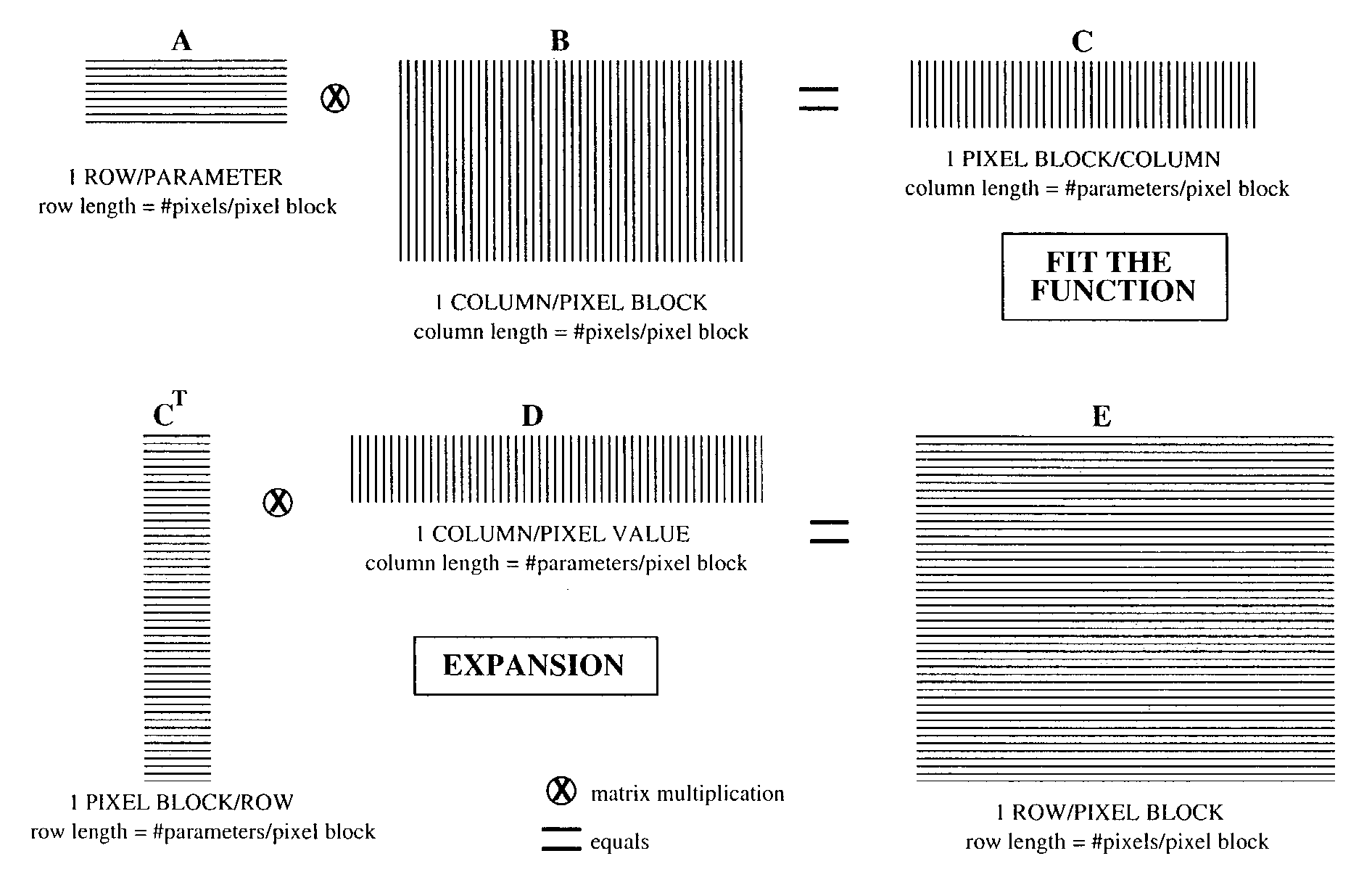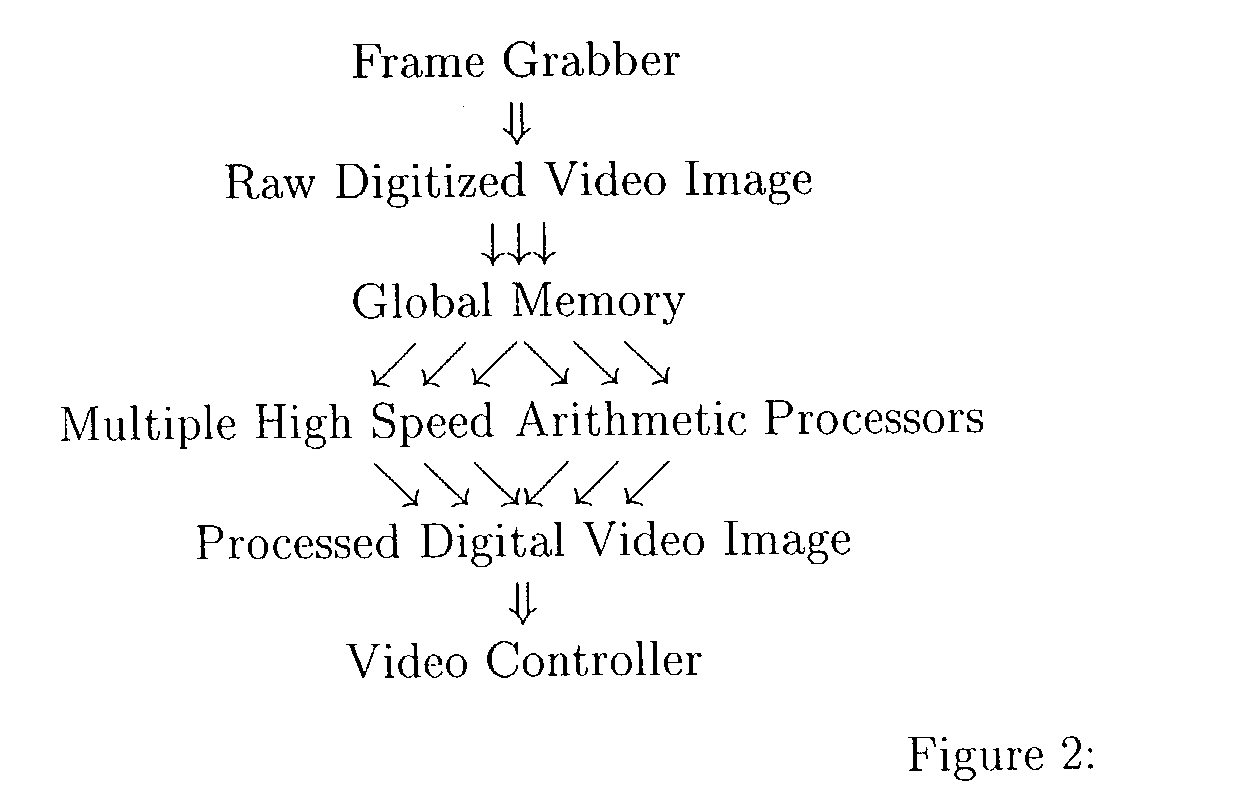Image noise reduction
a technology of image noise and reduction, applied in the field of image noise reduction, can solve the problems of significant risk of fluoroscopy during endovascular procedures of the head and neck, significant risk of overexposure, morbidity for both patients and medical personnel, etc., and achieve the effects of reducing contrast, reducing x-ray flux, and reducing image degradation
- Summary
- Abstract
- Description
- Claims
- Application Information
AI Technical Summary
Benefits of technology
Problems solved by technology
Method used
Image
Examples
Embodiment Construction
[0045]The apparatus is comprised of components which:[0046]capture multiple images of an object,[0047]manipulate the images arithmetically, and[0048]display the generated reduced noise images.
[0049]The apparatus is housed in a Dual G4 PowerMac Macintosh computer (Apple Computer Co.). This computer includes 2 PowerPC MPC74xx processors (Motorola), 256 MByte of RAM memory, a 30 GByte disk drive, a multiple slot PCI bus, a single slot AGP (double speed PCI bus) bus, a Radeon graphics controller (ATI Technologies Inc.), and an Apple 15″ flat screen monitor. The graphics controller sits on the AGP bus. A frame grabber (Scion Corp. model CG7), which sits on the PCI bus, is capable of digitizing 30 analogue video images / sec and loading the resultant numbers into computer memory. The operating system is MacOS 9.1.
[0050]There is a central device which mediates communication to and from the PowerPC central processing units and all of the devices on the memory bus, the PCI bus, and the AGP bus...
PUM
 Login to View More
Login to View More Abstract
Description
Claims
Application Information
 Login to View More
Login to View More - R&D
- Intellectual Property
- Life Sciences
- Materials
- Tech Scout
- Unparalleled Data Quality
- Higher Quality Content
- 60% Fewer Hallucinations
Browse by: Latest US Patents, China's latest patents, Technical Efficacy Thesaurus, Application Domain, Technology Topic, Popular Technical Reports.
© 2025 PatSnap. All rights reserved.Legal|Privacy policy|Modern Slavery Act Transparency Statement|Sitemap|About US| Contact US: help@patsnap.com



